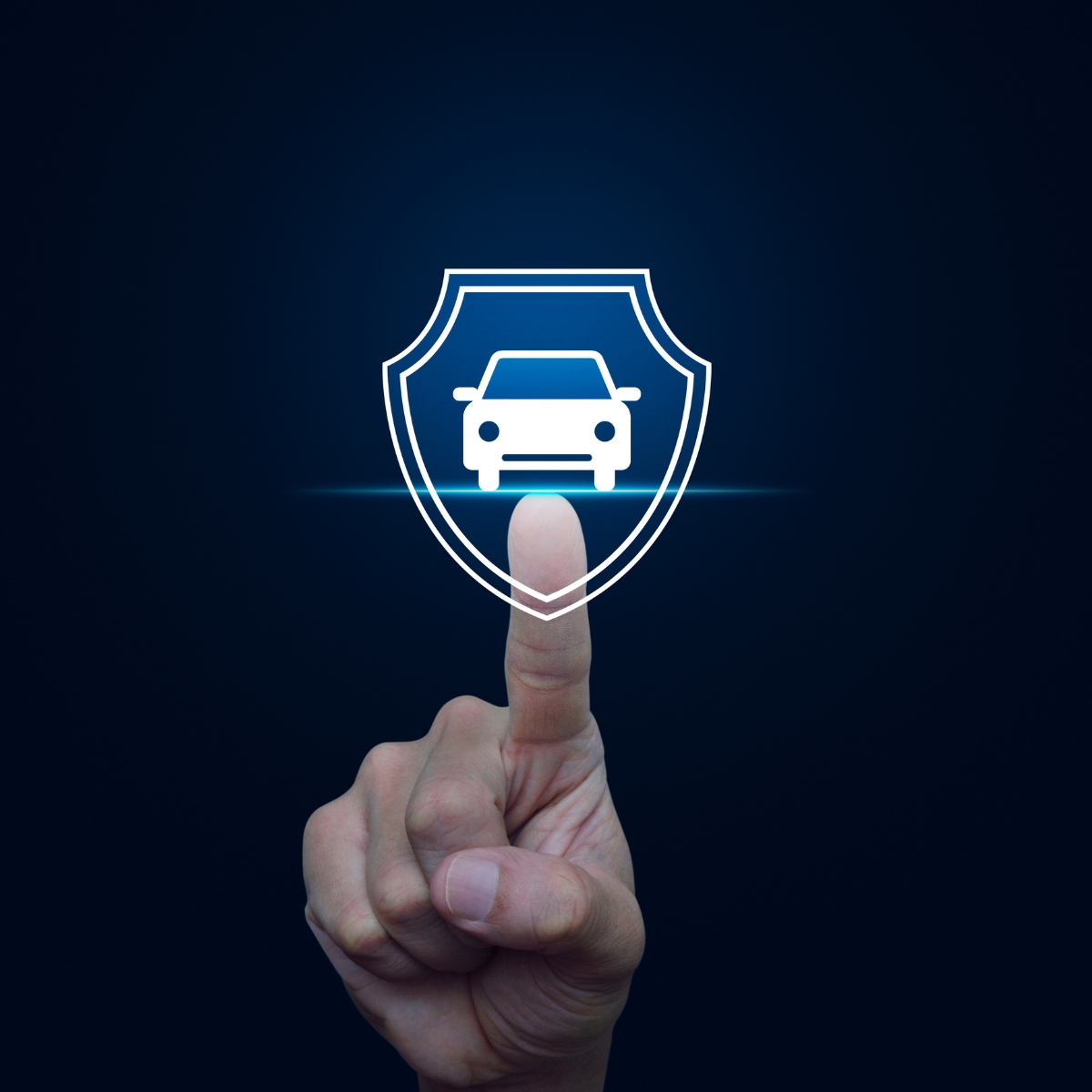Toyota, a worldwide pioneer in car development, is at the cutting edge of creating hydrogen fuel cell innovation as a maintainable elective to conventional fossil powers. With a commitment to lessening natural affect and accomplishing carbon nonpartisanship, Toyota’s hydrogen vehicles speak to a critical headway in clean mobility.
How Hydrogen Vehicles Work
Hydrogen fuel cell vehicles (FCVs) create power through a chemical response between hydrogen and oxygen, creating as it were water vapor as a byproduct. This handle happens inside a fuel cell stack, which powers an electric engine to drive the vehicle. Not at all like battery electric vehicles (BEVs), which store vitality in huge batteries, FCVs create power on-demand, advertising the potential for longer ranges and quicker refueling times.
Toyota Mirai: A Lead Model
The Toyota Mirai, meaning “future” in Japanese, is a confirmation to Toyota’s devotion to hydrogen innovation. Propelled in 2014, the Mirai was one of the to begin with mass-produced hydrogen FCVs accessible to the open. The second-generation Mirai, presented in 2020, brags progressed execution, productivity, and a sleeker plan. With a extend of over 400 miles on a single tank and refueling times of around five minutes, the Mirai addresses numerous concerns related with BEVs, such as extend uneasiness and long charging periods.
Infrastructure and Partnerships
A noteworthy challenge for hydrogen vehicles is the advancement of a comprehensive refueling framework. Toyota is effectively collaborating with governments, vitality companies, and other partners to grow hydrogen refueling stations all inclusive. These associations point to make a strong hydrogen biological system, making it more helpful for shoppers to embrace FCVs.
Environmental Impact
Hydrogen vehicles offer a promising arrangement to diminishing nursery gas emanations, particularly when hydrogen is created from renewable sources like wind, sun based, or biomass. By advancing hydrogen innovation, Toyota points to contribute to a zero-emission society and a economical future.
Looking Ahead
Toyota’s vision expands past traveler cars. The company is investigating hydrogen applications in different divisions, counting buses, trucks, and indeed stationary control generators. This all encompassing approach underscores Toyota’s conviction in hydrogen as a flexible and fundamental component of the worldwide vitality landscape.
conclusion
Toyota’s hydrogen vehicle innovation is clearing the way for a unused period of clean transportation. With ceaseless development and vital organizations, Toyota is driving towards a hydrogen-powered future, advertising a reasonable and maintainable elective to customary vehicles.







